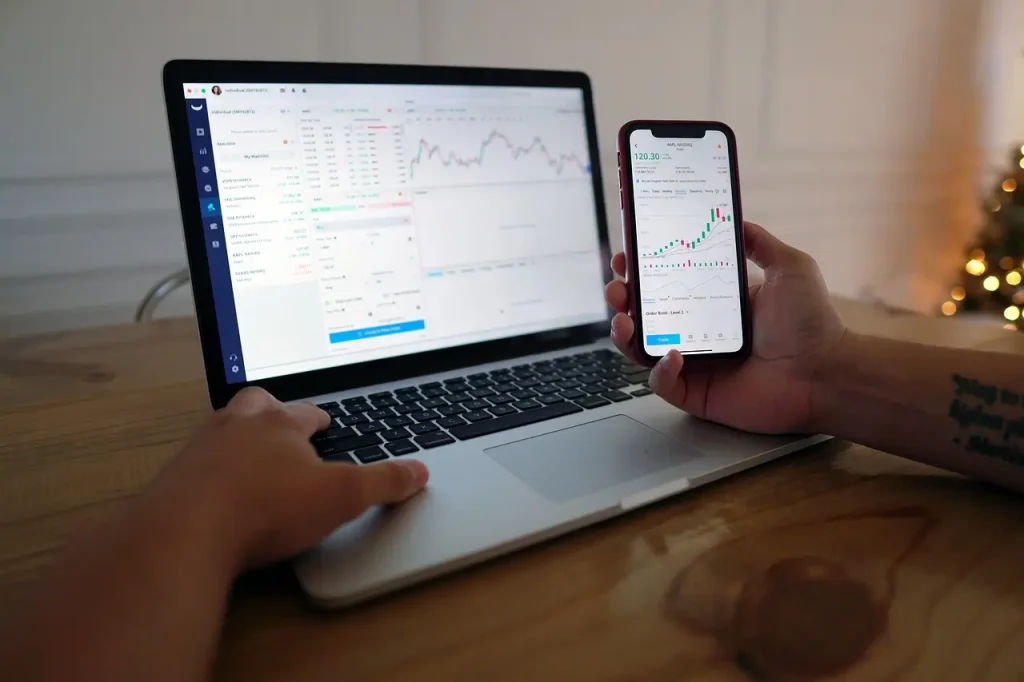Mastering Currency Correlations: A Trader’s Guide
Want to trade forex like a pro? Understanding how currency pairs move together (or against each other) is super important. This guide makes it easy! Learn how to use these connections to lower your risk and make smarter trades. Keep reading to unlock the secrets!
Forex trading can be tricky, but knowing about currency correlations makes it easier!. This article will help you understand how different currencies relate, so you can make better choices and avoid big mistakes. We will teach you how to protect your money and find chances to make more.
What is Currency Correlation?
Imagine currencies are like friends. Some friends do the same things, while others do the opposite. Currency correlation is like figuring out how these “friends” (currency pairs) act around each other. It’s a way to measure how closely the prices of two different currency pairs move together.
- Positive Correlation: When two currency pairs move in the same direction. If EUR/USD (Euro vs. US Dollar) goes up, GBP/USD (British Pound vs. US Dollar) might also go up.
- Negative Correlation (Inverse Correlation): When two currency pairs move in opposite directions. If EUR/USD goes up, USD/CHF (US Dollar vs. Swiss Franc) might go down. This is also referred to as “inverse correlation”.
- No Correlation: The currency pairs don’t seem to have any pattern. Their movements are random.
To measure how strong this relationship is, we use something called the correlation coefficient. It’s like a score from -1 to +1.
- +1: The currency pairs move in the same direction all the time. They’re like twins!
- -1: The currency pairs move in opposite directions all the time .
- 0: The currency pairs don’t have any connection. They’re just doing their own thing.
Factors Influencing Currency Correlation
What makes currency pairs act like this? Here are some reasons :
- Economic Ties: Countries that trade a lot with each other often have currencies that move together.
- Shared Currencies: If two pairs use the same currency (like EUR/USD and EUR/JPY), they will probably be more correlated.
- Risk Sentiment: When people are scared about the economy, they run to “safe haven” currencies like the US Dollar (USD) or Japanese Yen (JPY).
- Commodity Prices: If a country sells a lot of oil or gold, its currency might be connected to the price of that stuff.
- Monetary Policy: When central banks change interest rates, they can change the way currency moves.
- Geopolitical Events: Elections or big world events can also affect currencies.
Why is Currency Correlation Important for Forex Traders?
Knowing about currency correlation can help you:
- Lower Risk: Pick currency pairs that don’t move the same way. If one goes down, the other might stay steady or go up!
- Avoid Overexposure: Don’t put all your eggs in one basket. If you trade many pairs that move alike, you could lose a lot of money at once.
- Find Trade Chances: If one currency pair goes up strongly, another that moves with it might also be a good trade.
- Hedge: “Hedge” is like putting up an umbrella. If you think one trade might lose money, you can make another trade that will gain money if the first one loses. This helps protect you.
Forex Correlation Trading Strategies
Here are some ways to use currency correlations in your trading :
- Hedging Strategies: Use negative correlations to protect yourself. If you think EUR/USD might fall, buy USD/CHF because it usually moves the opposite way.
- Pairs Trading: Find currency pairs that have moved together in the past. If one starts to go down while the other goes up, bet that they will eventually go back to moving together.
- Trading with Commodity Correlations: If you know a country’s currency is connected to a commodity (like the Canadian dollar and oil), watch the price of that commodity.
- Diversification: Trade different currency pairs that don’t move the same way. This spreads out your risk.
Examples of Currency Correlations
Here are some common examples:
- EUR/USD and GBP/USD: Usually move together because Europe and Great Britain have close economies.
- EUR/USD and USD/CHF: Usually move in opposite directions.
- AUD/USD and Gold: Australia sells a lot of gold, so their dollar is connected to the price of gold.
- USD/CAD and Crude Oil: Canada sells a lot of oil.
Monitoring Correlation Changes
Remember, currency correlations don’t stay the same forever! They can change because of things like :
- Big news events
- Changes in the economy
- New government rules
So, it’s important to keep checking the data!
Risk Management
- Correlation Isn’t Causation: Just because two currency pairs move together doesn’t mean one causes the other.
- Position Sizing: Change the amount of money you put on each trade based on how correlated the pairs are.
- Stop-Loss Orders: Always use stop-loss orders. This tells your broker to automatically close your trade if it starts losing too much money.
Conclusion
Understanding currency correlations is like having a secret weapon in forex trading. It helps you manage risk and find better trades. Don’t forget to keep learning and adjust your strategies as the market changes!
